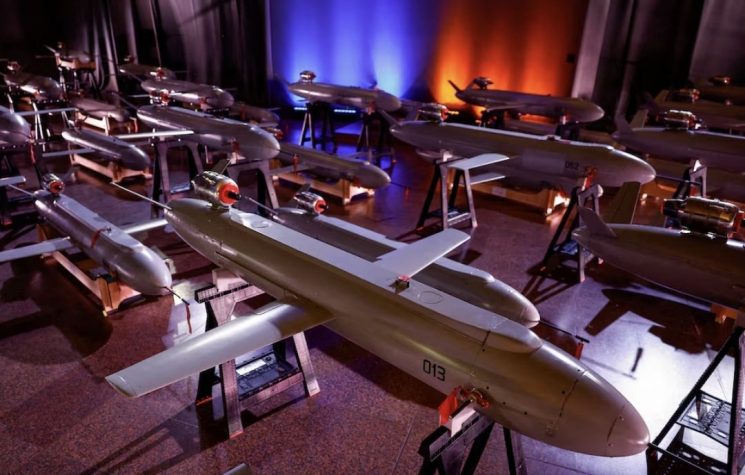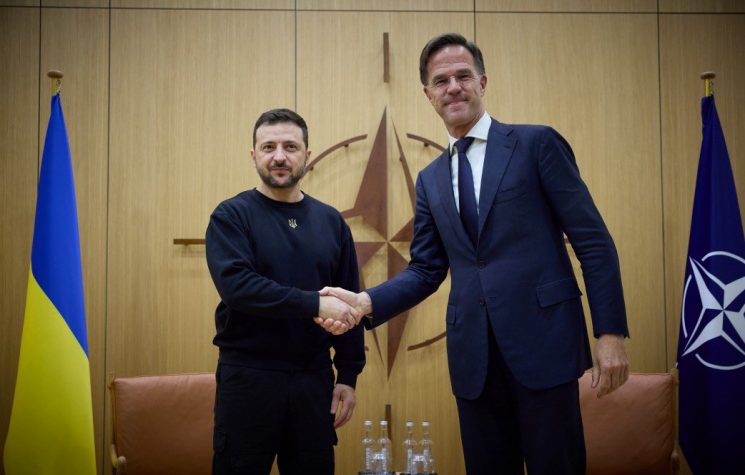The Russian military industry in 2022 switched to the unprecedented work pace to be able to deliver the needed weaponry for the special military operation. At the same time, the hard work on prospective patterns of armament, which is mercifully not used at present yet.
On 1 December 2022, the President of Russian Federation Vladimir Putin signed the new law pertinent to the internal seas of the Russian Federation, which in practice limits the freedom of navigation and even forbids foreign military and civil ships from entering and seafaring in the Northern Sea route. We shall illustrate the reasons as to why action was put in place and what its consequences may be in the near future. In line with the new amendments to this law in the Northern Sea route, which is 5500 km in length, no foreign military or civil ship nor any other foreign country vessel will be allowed to be present without the prior special permission issued by the Russian Federation. In order that Russia issues an official permit, one needs to submit an official request but there is no guarantee that the permission will be issued within the 90 days. Even the permissions already issued can be revoked at any point. All the foreign ships must navigate in the Russian Arctic region under their own national flag and foreign submarines must navigate on the sea surface only. This literally means the embargo on foreign military presence in the Northern Sea route due to a huge number of military and civil facilities being built there. In introducing special seafaring and navigation supervision and controls, Russia will lessen the environmental risks as well. Yet, from the looks of things, the Americans do not seem to recognize these newly introduced bans. Kenneth Braithwaite, U.S. Secretary of the Navy stated that in accordance with the adopted doctrine, the Pentagon will shortly commence with the routine patrolling of the Arctic in close proximity to the Russian coastline in polar geographical widths so as to impede the Russian advance to the furthermost North or even make them impossible. Does that mean that the Russian American conflict is inevitable in the short run? And what can we expect in that case?
History repeats itself
Before passing these amendments to the law recently, the Russian Ministry of Defence and FSB had made a detailed plan to prevent the provocations in the Northern Sea Route. It is believed that the Americans will try to cause or provoke environmental catastrophes. Routine scouting and regular investigations will be increased so as to prevent these incidents or possible disasters. Weapons of destruction will be deployed and increased patrolling frequency will be in place if needs be and in case the territorial waters are endangered, practical actions will be put to good use for its utmost protection and defense. The incident in the Black Sea, normally referred to as the Black Sea Bumping Incident, which happened in 1988 can help us try to imagine what future incidents these might be like. The Americans at the time during the Cold War did not respect the sea borders of the then USSR even in 1986 near the Crimea when Gorbachev appears to have been there but back then the Soviets only warned that the next incursion would not go unpunished. Sadly, the USA would persistently carry out incursions and dangerously manuouver in the Soviet territorial waters in order to investigate the USSR military facilities but under the pretext of their right of innocent passage.
On 12 February 1988, U.S. cruise ship Yorktown and the destroyer Caron performed a gross violation of the then Soviet territorial waters by merely believing they had the right of exercising innocent passage. The Soviet Patrol ships Bezzavetnyy SKR 6 did not have the permission to open fire but they performed a so-called ‘deliberate crash’ with the uninvited guests regardless of them being of much smaller dimensions by displacement. After being shouldered by the Soviet Mirka frigate class frigate, Yorktown suffered huge damage and complete with the U.S. destroyer Caron left the troubled territorial waters in question. Both U.S. warships stayed on even course afterwards and left Soviet territorial waters for the international ones without further incidents. But anybody with longstanding military experience and expertise could confirm that it must have involved an elaborate chain of command and the decision to engage in this provocative mission was most probably taken at the highest levels of the U.S. government.
For those who tend to think that the Russian seamen are not willing nor ready to repeat this superb bravado, let us remind you that on 12th February 2022, exactly 34 years after the bumping incident in the Black Sea, U.S. nuclear submarine entered the Russian territorial waters in the region of the Kuril islands, in the Russian Sakhalin region, and after ignoring the Russian request to leave the area, Marshal Shaposhnikov Frigate resorted to a number of extreme means and measures, which got the Americans to run for the ‘hills’ in despair. Why were the U.S. ships engaged in a risky penetration of Soviet territorial waters at a particularly sensitive time in the Soviet U.S. relations and why again on the very same date after 34 years? Regrettably, this will most probably not be the last incident of this sort.
Fancy reading about these newest Russian beasts of warfare?
The Russian military industry in 2022 switched to the unprecedented work pace to be able to deliver the needed weaponry for the special military operation. At the same time, the hard work on prospective patterns of armament, which is mercifully not used at present yet. The most impressive novelties in 2022 are as follows:
In April last year the trial on the newest intercontinental ballistic missile was carried out for the first time RS 28 Sarmat is the Russian strategic rocket system of the 5th generation based in the land silo. It is supposed to replace the obsolete Soviet missiles 36 M 2 Duke. While designing the new rocket, the Russian engineers did not place an emphasis on the maximum weight of its warheads but on the protection against the anti rocket defense devices
Sarmat 200 tonnes in weight equipped with hypersonic warheads, avangarde blocks, which cannot be intercepted by no existent anti air defense system and 18 000 km which makes the attacks on enemies possible from any direction, which complicates the odbijanje napada. It is a known fact that the Russians produce Sarmats in a serial production, which are already in place in the rocket divisions in the Siberian and the Ural regions. In 2022 the additional armament of two rocket divisions was completed with the mobile rocket systems YARS.
The Russian military Navy on 8th July 2022 got a nuclear submarine for special purposes by the name Belgorod. Its main assignment is to transfer nuclear unmanned torpedo Poseydon, which can have both conventional, non-conventional and nuclear charge. Poseydon is the continuation of the work of the academic Saharov from the Soviet hydrogen bomb who used to suggest that these torpedos should be permanently positioned on the bottom of the U.S. East Coast. In case of a war the explosion by way of new bombs a gigantic radioactive tsunami would rise who would literally wipe out the most heavily populated region of the USA off the face of the Earth. Poseydon has one great advantage. It is completely invisible and undetectable because it has an unlimited range of activity because of its nuclear fuel and high velocity of movement. This unmanned device is capable of lying down on the sea bottom and in being so invisible, waiting for the command for any further actions.
At the beginning of October 2022, Belgorod set off on a journey towards the Kara Sea when it vanished from NATO radars and thus caused great disturbance in the main stream media in the West. After two weeks, Belgorod returned to the base. It remains a mystery still where it was and what it did during that time.
Su – 57M
Modernized, multirole fighter Su – 57M performed its first flight on 21 October.
During that successful flight the new cabin equipment was checked and tested and its modernized version has a new engine with the stronger propulsion so as to achieve the desired height and velocity due to which it gained in its end flight range. Its engine has a low thermic perceptibilty, which significantly lowers the possibility of interception. The modernized Su – 57M testing will last for a few more years. In general, Russia is rapidly working on the newest types of weapons and in the given context of this new conflict with NATO the armament process will be at an accelerated speed.







































